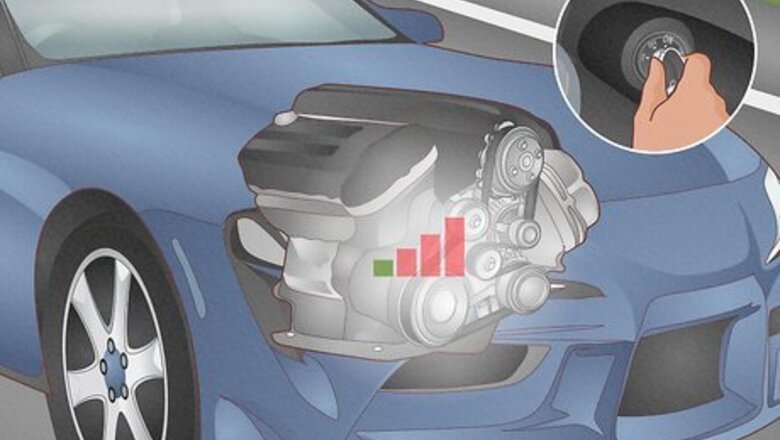
views
- If your car won't start, the battery is probably bad. If your car starts but then dies after it's been running, the alternator is probably bad.
- If you jumpstart your car and it runs just fine, the battery was likely dead and the alternator is operating correctly.
- If the lights are dim or the radio won't turn on, it's likely because the battery is bad. If the lights are bright at first but then go dark, your alternator is likely bad.
Signs of a Bad Battery
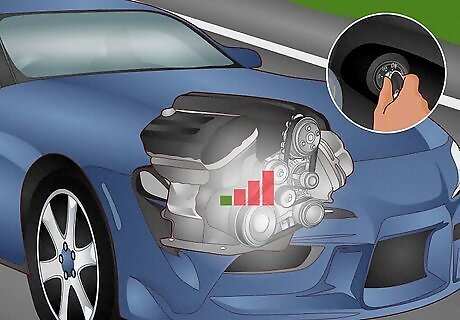
Car won’t start If your car isn’t starting (the engine cranks but won’t run), the battery is the issue. Try jumpstarting your car. If the car starts and continues to run just fine after the jump, your battery was dead. Shut the car off after jumping it and wait 30 minutes or so. Try turning the car on again. If it doesn’t start, your battery is bad and needs to be replaced. If the car starts just fine, your battery probably died because you left a light on. The alternator is the problem if you jumpstart the car and it slowly dies out after a few minutes.
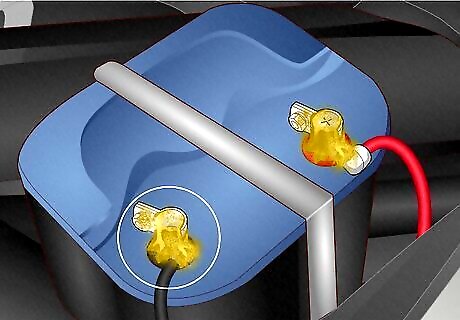
Battery corrosion Pop the hood and look at the top of your battery. If you see any chalky, mineral residue on top of the battery, that’s corrosion. This is a sign that your battery is leaking which is common when your battery is nearing the end of its life. You may be able to get a few more cycles out of your battery by cleaning the corrosion off with a wire brush, baking soda, and warm water. The fact that you have corrosion at all is a sign your battery doesn’t have much life left, so don’t take too long to replace it.
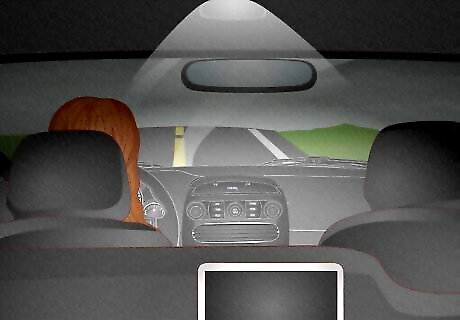
Dark interior lights If the car does start, try turning the interior lights on. If they’re extremely dark or they aren’t turning on at all, the battery is probably to blame. If the alternator were causing your light issues, they’d start out bright and get darker over time.
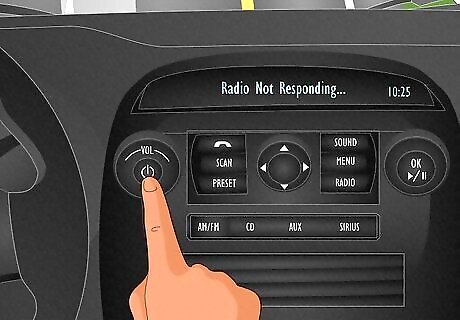
Radio won’t turn on Try turning the radio on after turning the key to the on position. If the radio is non-responsive and the buttons don’t do anything, the battery is the issue. Alternator issues shouldn’t keep the radio from running. The radio is probably the one accessory in your car that uses the least amount of juice. If the radio isn’t turning on, the battery is bad.
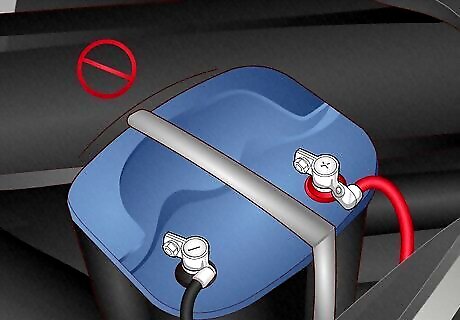
Swollen battery If your battery looks bloated, your battery is no longer usable. Don’t even try starting your car—a bloated battery may explode if it’s tampered with or engaged. Swelling occurs at the end of a battery’s life when heat and hydrogen gas build up way too fast inside the battery. These batteries are dangerous, so don’t attempt repairs or replacement on your own. Take your car to a mechanic.
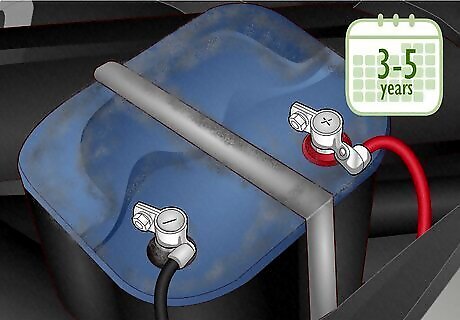
Battery is more than 3-5 years old Car batteries are not designed to last forever, and with regular use you’ll likely get about 3-5 years out of a car battery. If you’re well past the 3- to 5-year mark, it’s safe to assume your battery is at the end of its life. If you aren’t sure about how old your battery is, look at the sticker on top of it. The manufacture date should be printed on it.
Signs of a Bad Alternator
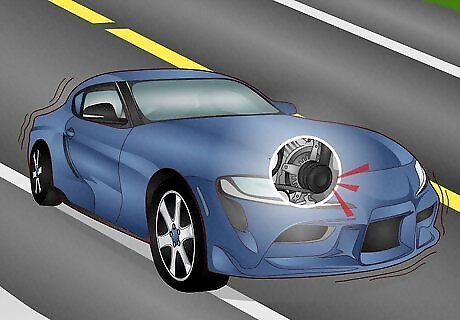
Car runs just fine for a while and then dies The alternator is designed to keep your car’s battery charged when the vehicle is running, so if you can start your car no problem and then it slowly dies out over the next few minutes, the alternator is probably bad. The battery is only responsible for helping to start the car. After that, the alternator is supposed to help continue to keep the battery recharged. If the battery were to blame, the car would either barely start and die immediately or not start at all.
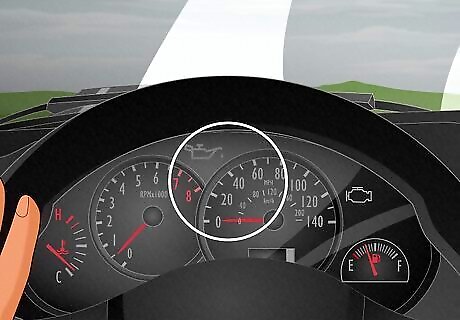
Dimming dashboard lights When the car is running in park, look at the interior dash lights. If they start out as bright as they normally are and then slowly fade out as the car is dying, it’s a sign the alternator is bad. A bad alternator can even cause dashboard lights to get really bright and really dim repeatedly if it’s just beginning to die.
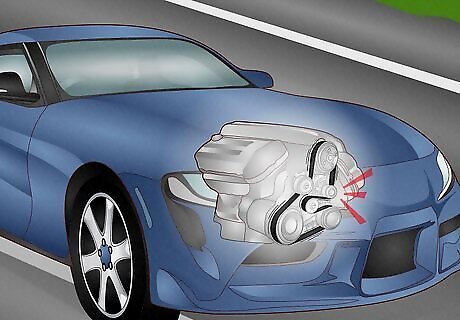
Growling or whirring noises The alternator has a belt that spins around a sequence of pulleys to help maintain the alternator’s timing and speed. If the alternator is failing, that belt may be out of sequence, damaged, or struggling to turn at the proper speed. This can cause growling or whirring noises from your engine bay. A bad battery won’t make any kind of noise. The alternator belt is the smaller one on the side of your engine (usually opposite of the battery). The big belt attached to the engine is your serpentine belt.
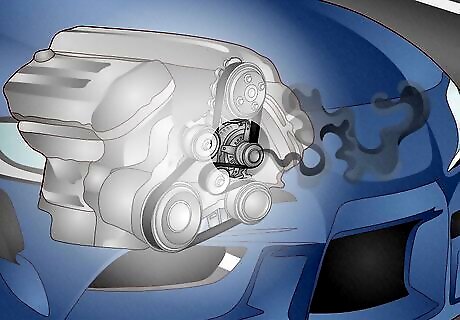
Burning rubber or electrical aromas If an alternator is dying, the electrical wiring inside of the alternator may be overworked, which can cause electrical fire odors. Alternatively, the belt may be worn down, which can cause the belt to overheat and trigger a burning rubber aroma. A dying battery shouldn’t have any odor, normally. If it leaks a lot, it can smell like rotten eggs, but you will likely notice battery symptoms before this point.
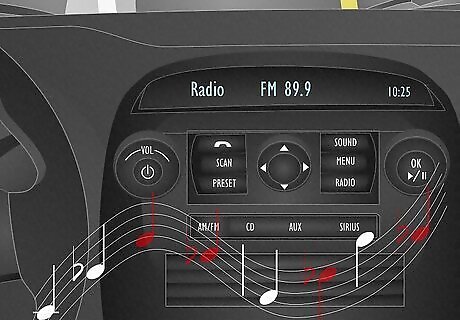
Underpowered accessories Does the radio run okay when the ignition is in the “on” position but start struggling when the engine has been running for a while? If so, the battery is almost certainly okay and the alternator is bad. You may also notice the other accessories (windows, lights, etc.) struggle to work when the engine is on if the alternator is dying. Accessories that run when the ignition is in the “on” position rely entirely on the battery alone. The alternator doesn’t actually begin running until the engine is running.
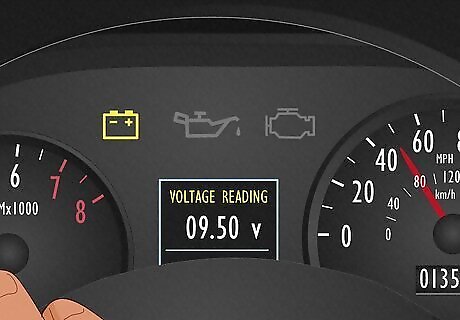
Low voltage readings If your car has a voltage dial for the battery, monitor it when you turn the car on. If your alternator is failing, the voltage dial will start in the middle and then slowly drop into the red over time. The alternator recharges the battery as the car runs, so without it, the battery will start out normal and slowly die over time.
Can you drive with a bad alternator or battery?
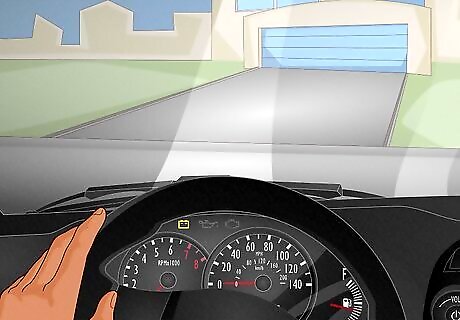
Yes, but only for a few blocks and if your car runs okay. If you have a bad battery but your car runs when you get a jump, it’s safe to drive to the mechanic. If the alternator is the issue and you only have a few blocks to go to the mechanic, you should be fine if you go slow and keep your hazard lights on. Don’t plan on driving more than a few blocks, though. When in doubt, don’t risk it. Contact a tow truck to get your vehicle to the mechanic.
Fixing the Battery or Alternator
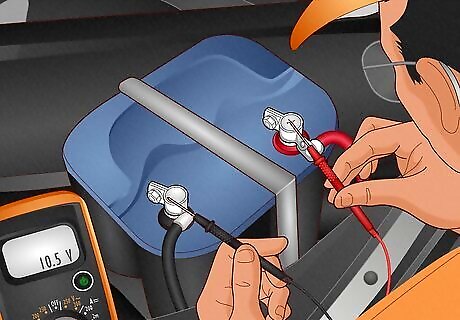
See a mechanic to have the alternator and/or battery inspected. If you aren’t sure whether the battery or alternator is to blame, our expert, Jason Shackleford, suggests seeing a professional like him: “Home diagnosis is rather difficult and not very accurate. Most auto parts stores and some repair shops will usually test your battery at no charge.” On top of that, you need a mechanic to repair the issue anyway, because alternators are not DIY repairs. If you are 100% confident that your battery is to blame, you can replace the battery yourself. Just make sure that you use the same voltage and type of battery.


















Comments
0 comment